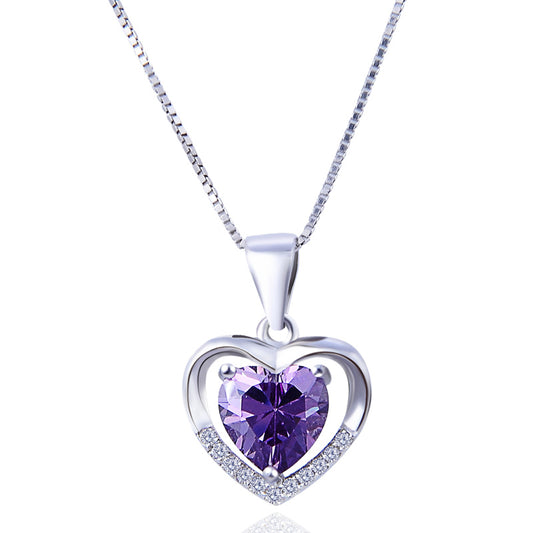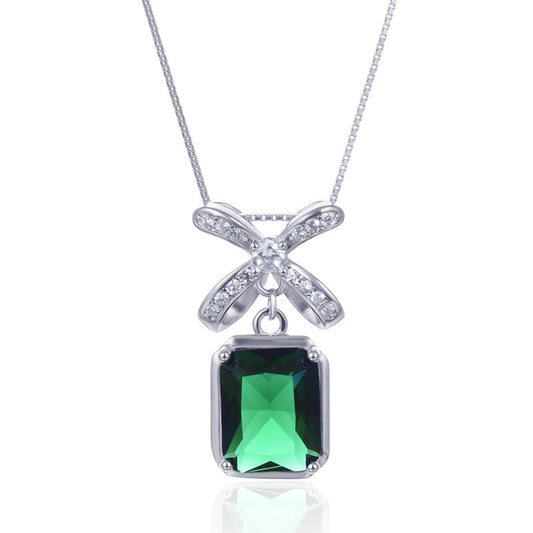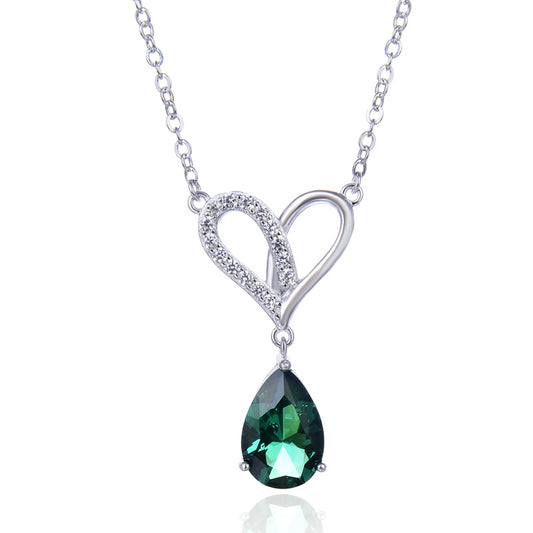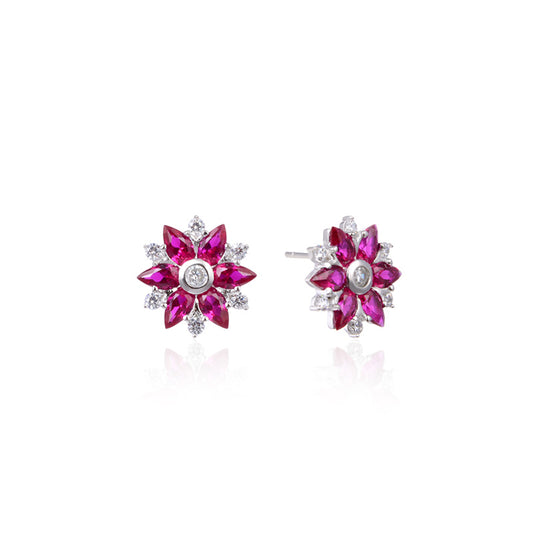
Discerning the Quality of Silver Jewelry: A Comprehensive Guide
Abstract:
Silver jewelry, prized for its elegance and affordability, holds a significant market share in the jewelry industry. However, with the influx of various quality standards, distinguishing high-grade silver jewelry from its counterparts has become increasingly challenging. This paper delves into the intricacies of assessing silver jewelry quality, providing a holistic framework for consumers and industry professionals.
Keywords: Silver jewelry, Quality assessment, Purity marks, Hardness test, Weight analysis
Introduction:
Silver, a precious metal with a rich history in jewelry making, continues to captivate consumers with its lustrous appeal and economic value. Nevertheless, the market is replete with silver jewelry of varying qualities, often leaving buyers perplexed. This paper aims to equip readers with the necessary knowledge to discern the quality of silver jewelry accurately.
Methods of Quality Assessment:
1. Color and Luster Analysis:
The color and luster of silver jewelry are critical indicators of its quality. High-grade silver exhibits a bright, silvery-white hue with a mirror-like finish. Deviations from this standard, such as yellowish or grayish tints, could indicate lower purity levels or surface oxidation.
2. Purity Markings and Hallmarks:
Authentic silver jewelry bears purity markings, typically stamped on inconspicuous parts. These marks, such as "925," "S925," or "Sterling," denote the silver content in the alloy. A magnification device can aid in locating and verifying these minute engravings.
3. Hardness and Flexibility Testing:
Silver's hardness and flexibility can provide insights into its quality. While pure silver is relatively soft, alloys like sterling silver strike a balance between hardness and malleability. Gentle bending or scratching tests can reveal the material's response to stress, indicating its quality.
4. Acoustic Analysis:
The sound emitted when silver jewelry is struck can offer clues about its composition. Pure silver produces a distinct, ringing tone, while alloys may sound duller. However, this method is subjective and should be used in conjunction with other tests.
5. Weight Analysis:
Silver's density plays a pivotal role in assessing jewelry quality. Heavier pieces often indicate a higher silver content, although this is not always conclusive. Weighing the jewelry against its dimensions can help determine if the weight is proportionate to the volume.
6. Oxidation Observation:
Silver's susceptibility to oxidation is a double-edged sword. While it can tarnish over time, the rate and extent of oxidation can reveal the silver's purity. High-grade silver resists oxidation longer, retaining its luster despite exposure to air.
Conclusion:
Assessing the quality of silver jewelry is a multifaceted task that requires a combination of observation, testing, and analysis. No single method is foolproof; therefore, a holistic approach is essential. By considering color, purity markings, hardness, sound, weight, and oxidation, consumers and industry professionals can make informed decisions about the quality of silver jewelry. This paper serves as a comprehensive guide, empowering readers with the tools necessary to navigate the complex world of silver jewelry.
Abstract:
Silver jewelry, prized for its elegance and affordability, holds a significant market share in the jewelry industry. However, with the influx of various quality standards, distinguishing high-grade silver jewelry from its counterparts has become increasingly challenging. This paper delves into the intricacies of assessing silver jewelry quality, providing a holistic framework for consumers and industry professionals.
Keywords: Silver jewelry, Quality assessment, Purity marks, Hardness test, Weight analysis
Introduction:
Silver, a precious metal with a rich history in jewelry making, continues to captivate consumers with its lustrous appeal and economic value. Nevertheless, the market is replete with silver jewelry of varying qualities, often leaving buyers perplexed. This paper aims to equip readers with the necessary knowledge to discern the quality of silver jewelry accurately.
Methods of Quality Assessment:
1. Color and Luster Analysis:
The color and luster of silver jewelry are critical indicators of its quality. High-grade silver exhibits a bright, silvery-white hue with a mirror-like finish. Deviations from this standard, such as yellowish or grayish tints, could indicate lower purity levels or surface oxidation.
2. Purity Markings and Hallmarks:
Authentic silver jewelry bears purity markings, typically stamped on inconspicuous parts. These marks, such as "925," "S925," or "Sterling," denote the silver content in the alloy. A magnification device can aid in locating and verifying these minute engravings.
3. Hardness and Flexibility Testing:
Silver's hardness and flexibility can provide insights into its quality. While pure silver is relatively soft, alloys like sterling silver strike a balance between hardness and malleability. Gentle bending or scratching tests can reveal the material's response to stress, indicating its quality.
4. Acoustic Analysis:
The sound emitted when silver jewelry is struck can offer clues about its composition. Pure silver produces a distinct, ringing tone, while alloys may sound duller. However, this method is subjective and should be used in conjunction with other tests.
5. Weight Analysis:
Silver's density plays a pivotal role in assessing jewelry quality. Heavier pieces often indicate a higher silver content, although this is not always conclusive. Weighing the jewelry against its dimensions can help determine if the weight is proportionate to the volume.
6. Oxidation Observation:
Silver's susceptibility to oxidation is a double-edged sword. While it can tarnish over time, the rate and extent of oxidation can reveal the silver's purity. High-grade silver resists oxidation longer, retaining its luster despite exposure to air.
Conclusion:
Assessing the quality of silver jewelry is a multifaceted task that requires a combination of observation, testing, and analysis. No single method is foolproof; therefore, a holistic approach is essential. By considering color, purity markings, hardness, sound, weight, and oxidation, consumers and industry professionals can make informed decisions about the quality of silver jewelry. This paper serves as a comprehensive guide, empowering readers with the tools necessary to navigate the complex world of silver jewelry.










